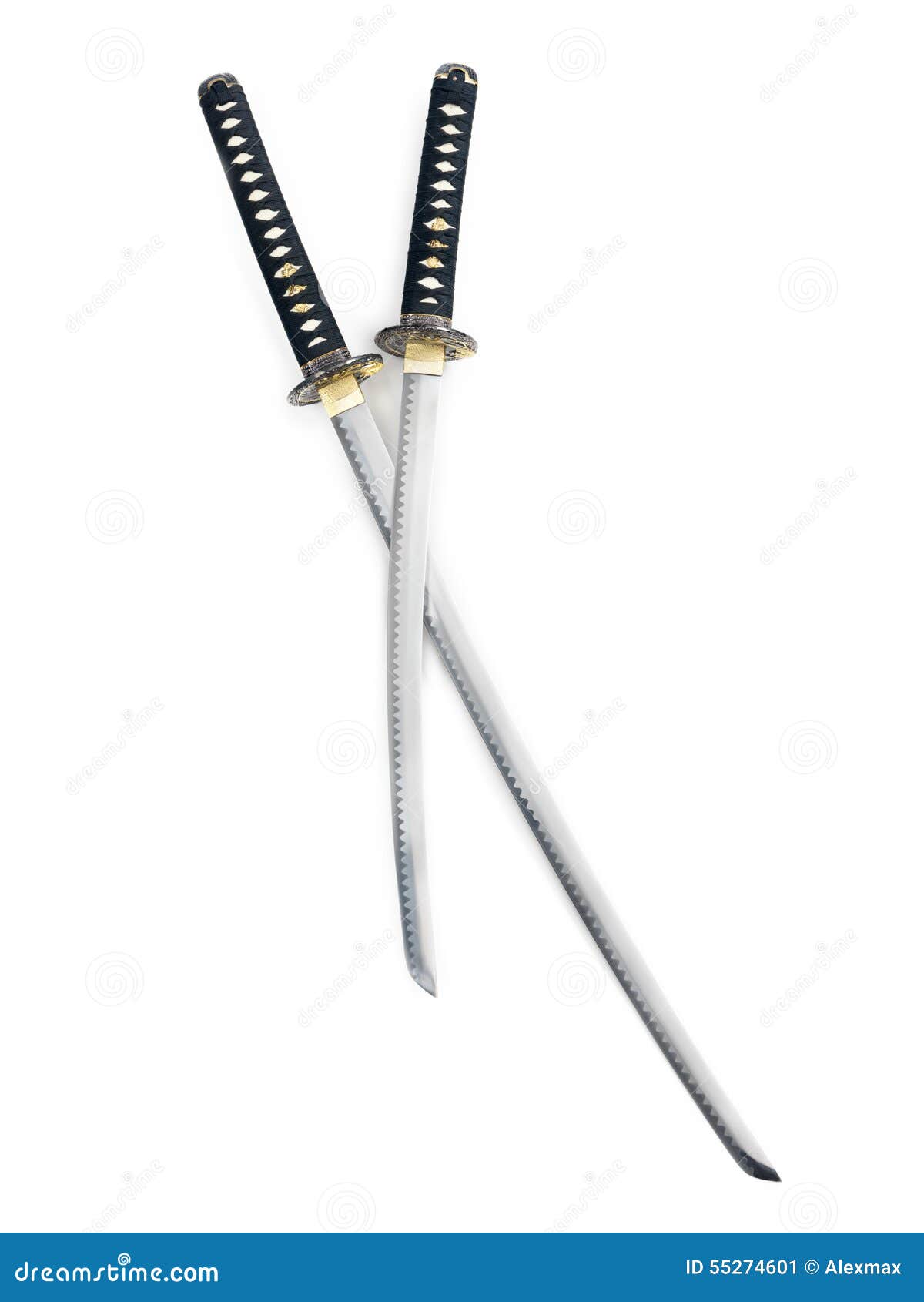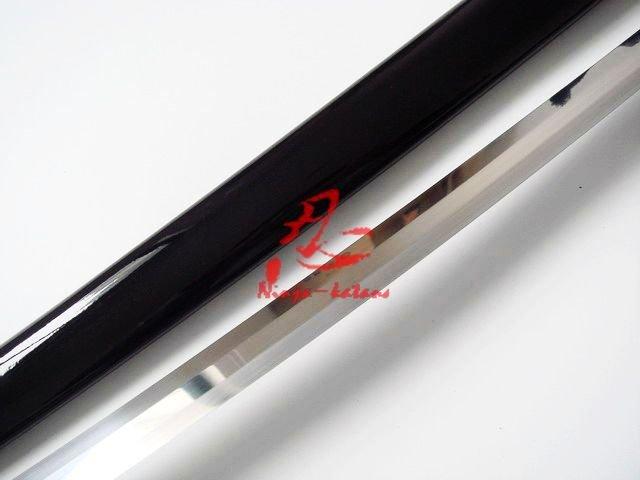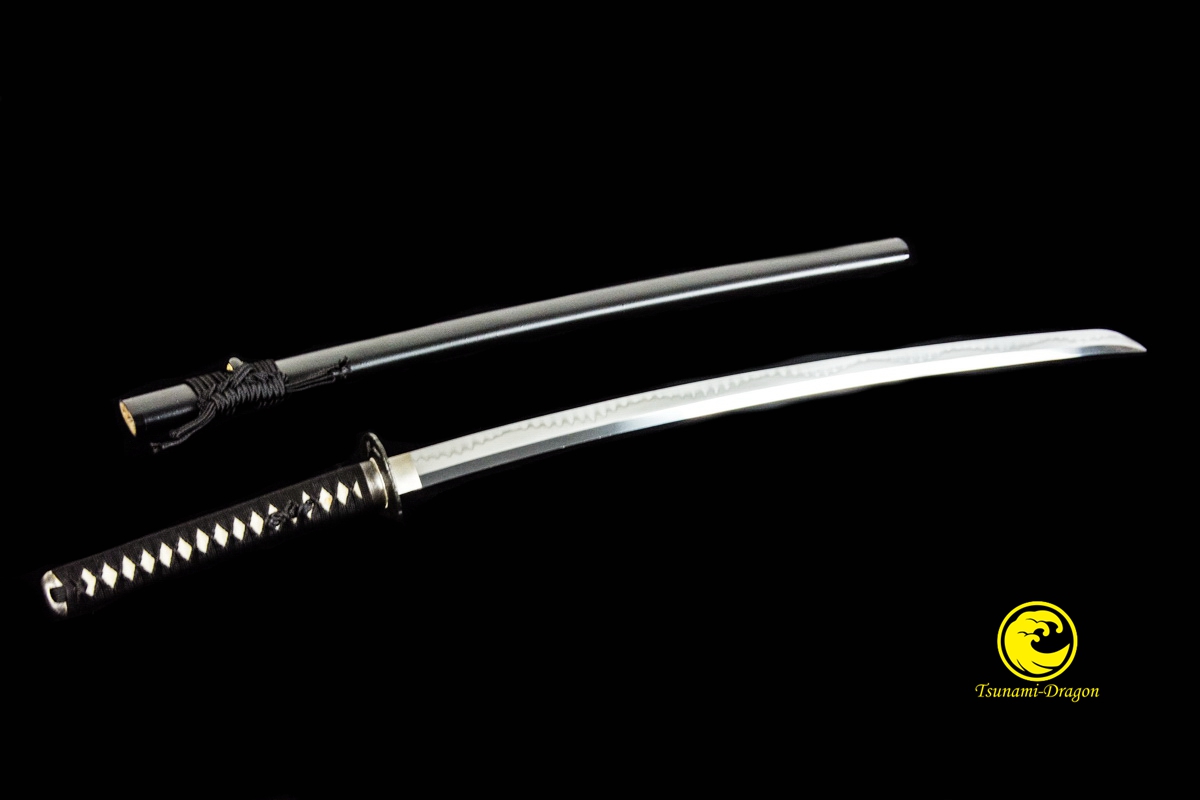
The Yokote is the dividing line between the kissaki (point) and the body of the blade. Only differentially hardened katanas have a temper line. The Boshi is the temper line of the kissaki. Otherwise, the blade could only be used for cutting, which severely reduces the options the wielder has.Īfter all, every katana has a kissaki. It is designed to improve the lethality of the blade, by adding the possibility for thrusting attacks. The kissaski plays a key role in the enormous cutting abilities of a katana. While European swords usually form their point in the centre, the kissaki lies on the edge of the blade.

In contrast to the medieval swords, the shape of the blade tip is different. In case you want to learn more about sword steels and forging techniques you can check it out. This gives the katana a very special look and makes the parts of the blade quite different in comparison to European swords.įurthermore, Japanese swordsmiths used a forging technique called differential hardening, which creates the look the katana is most famous for. Since a Sword with more than 1% of carbon becomes too brittle. Thus, the Japanese swordsmiths had to come up with a solution to reduce the carbon content. Traditional Japanese Katanas were forged from steel containing more than 4% of carbon. Obviously, the blade is the most important component of a sword. In this section, you will find detailed information on all the parts and components of a samurai sword.

Saya – Scabbard of the sword used to protect the blade.

First things first, a katana has three main parts.īlade – Steel component of the katana which is used for cutting.


 0 kommentar(er)
0 kommentar(er)
